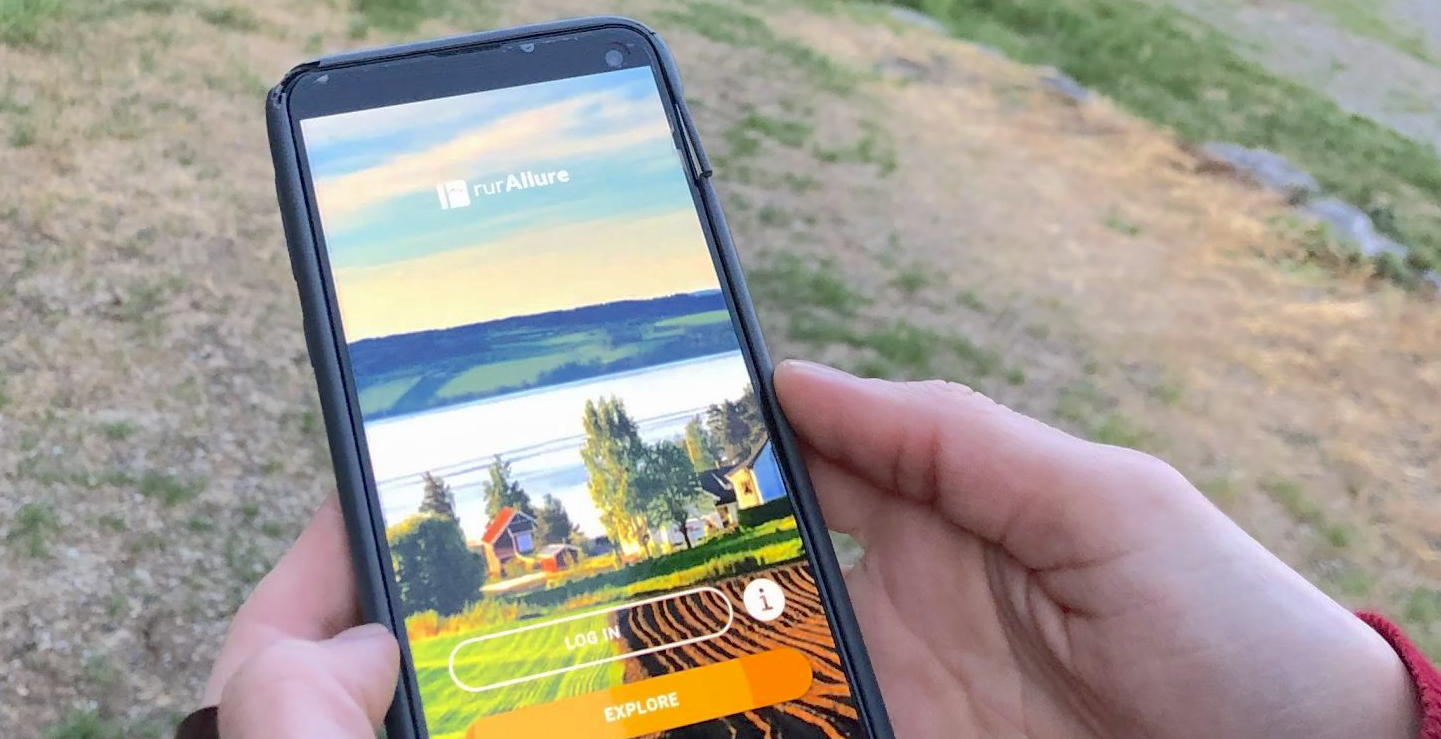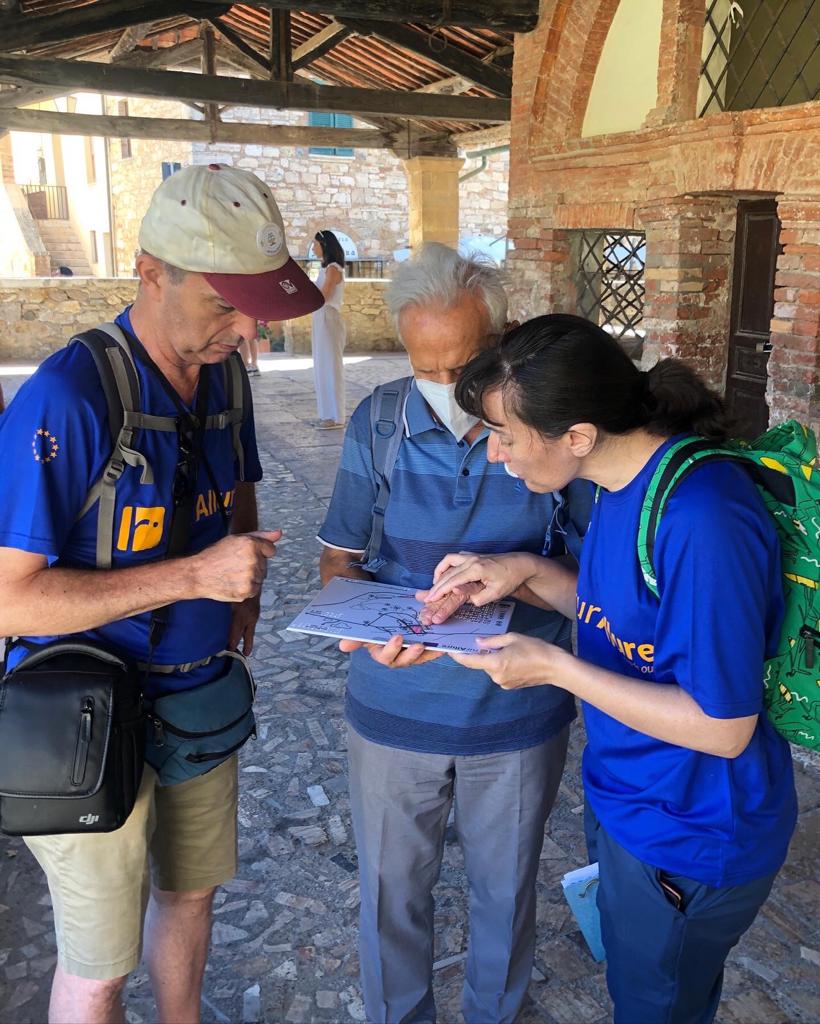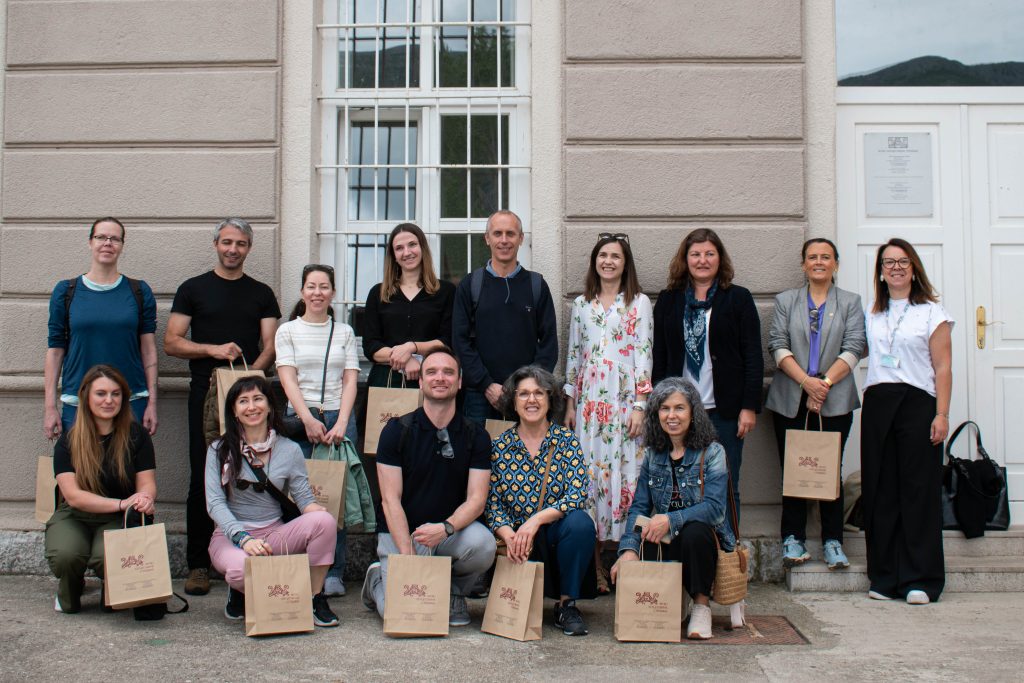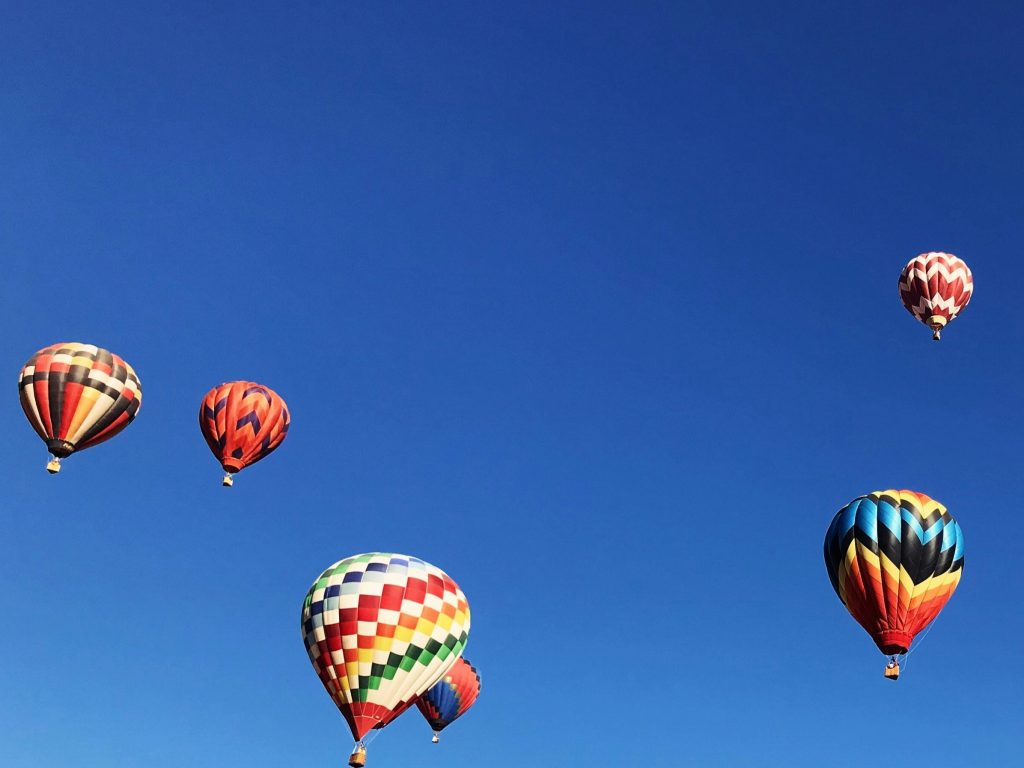Published on 21 Aug 2023
RurAllure and TExTOUR are now sister projects, expanding each other network and exploring new opportunities for collaboration. Both projects share a common mission of valorization of cultural heritage in marginal areas and joined forces to achieve this goal.
The project aims to promote rural museums and cultural heritage sites near major European pilgrimage routes. This will be possible through sustainable tourism and the use of information technology.
We had a chat with Elena Dubinina, the Communication team leader of the RurAllure project.
Elena Dubinina is an expert on Cultural Routes, responsible for European Projects and International Relations for AEVF (European Association of the Via Francigena ways). She also works as an independent expert on various projects related to the development of sustainable tourism and walking routes.
Q. Projects like RurAllure and TExTOUR focus on fostering sustainable tourism development in rural areas. Why is this so important?
Forms of sustainable tourism or in our case slow travel – long-distance hiking, walking, cycling, pilgrimages – set the basis for rural communities’ development, creation of relevant and cohesive tourist products, and overall improve the economy and attract investment.
Rural areas currently face significant economic and demographic challenges all over Europe such as lack of employment, bad connectivity, infrastructure shortage, and migrations to urban centers. Pilgrimages greatly contribute to solving these issues by boosting the economy and stimulating the creation of SMEs along the routes (such as accommodations, dining, groceries, and travel operators). All of them are served to local inhabitants, benefitting from their creations.
Q. What is the main goal of RurAllure?
The goal of rurAllure is to allure walkers discover rural areas they cross on a long-distance hike or a pilgrimage. It is a project that aims to enhance slow tourism by developing tools to provide 360-degrees experience to walkers along the European pilgrimage and historic routes. RurAllure tools will provide mapping, digitalisation, and interactive tools. It will as well foster international cooperation.
Q. Seems like a great opportunity to rediscover travel.
Yes, it’s a possibility to dive deeper into traditions and heritage, staying longer in localities along and near the routes. This is why our project is calles “rurAllure”, because of the fusion between rural and allure.
The challenge is to create a viable and user-friendly solution that responds to the needs of walkers in Europe. The goal is to provide the necessary information. We want people to be able to create their own tailor-made travel plans, and to share them with fellow walkers.
To achieve the best result, it is important that the pilot testing is conducted in different controlled environment. Thi is why our project has seven pilots in seven different European countries.
Q. Why did you choose pilgrimage to promote tourism in rural areas?
Pilgrimage is largely different from other types of cultural and touristic experiences, thus opening possibilities of increasing the numbers of visitors to the least-known destinations.
In fact, pilgrimages and walks are planned with some flexibility regarding dates, distances traveled in successive journeys, places to rest, etc. Many pilgrims are amenable to serendipitous findings, too.
This is why RurAllure involves several routes: St James, Ways to Rome (Via Francigena, Strata, Germanica), St Olav ways, and the Way of Mary.
Q. For example, what could be recommended to a pilgrim who is walking one of the routes?
A pilgrim along the St James Way can choose to visit Romanesque churches found in areas traversed by the Way of Saint James. Alternatively, they could go for the natural sites, or follow the steps of a famous poet from the mountains of Lugo that wrote about the Way. The intended effect is that some pilgrims decide to take a break or a detour and spend some time in a nearby town or village. By designing, implementing, and testing technological tools and promotional strategies, the project seeks to generalise that effect and, thereby, contribute to generating economic activity and also reinforce more diversified employment.
Q. It seems it will bring several positive social impacts on rural communities!
Yes, because in addition to those already mentioned, it will help to preserve cultural heritage at risk (professions, customs, rural architecture, art and music, etc.) and to fight the rural exodus that is leading to a worrying spiral of loss of population and services.
Q. How are rural actors and institutions involved in the project and how they will benefit from RurAllure?
RurAllure engages cultural institutions that could benefit from the tourist flows on nearby pilgrimage routes. Such as museums, libraries, natural heritage sites, and civil associations.
For the past two and a half years we have been working together in various pilot areas in Spanish Galicia and Northern Portugal, Italian regions of Tuscany, Veneto, and Emilia-Romagna, an area along the Norwegian lake Mjøsa and in Hungary (Bodajk to Mogyorósbánya, Mátraverebély-Szentkút to Gyöngyös, Péliföldszentkeresz to Mátraverebély), Slovakian regions of Nitra, Banská Bystrica, and Žilina) and Romanian Transylvania.
Each pilot connected local actors – public bodies, associations, private partners, and cultural operators – in local and regional networks allowing them to develop activities and actions and actively contribute to the project.
We can recall a great success of an inclusive accessibility workshop for the visually impaired in the Italian thermal town of Bagno Vignoni (fraction of San Quirico d’Orcia), organised by the UAM-University of Madrid together with the European Association of the Via Francigena Ways, Siena section of the Italian Union of the Blind and Visually Impaired (UICI Siena), municipality of San Quirico and local thermal hotel.
Q. Will these fruitful collaboration continue beyond RurAllure?
Yes. For example, to ensure a successful cooperation beyond the scope of the project, the first European Network along the Pilgrimage Ways was launched on 27 June in Norwegian Gjøvik. The network aims to foster cooperation and exchange of best practices among the pilgrimage routes and related institutions.




